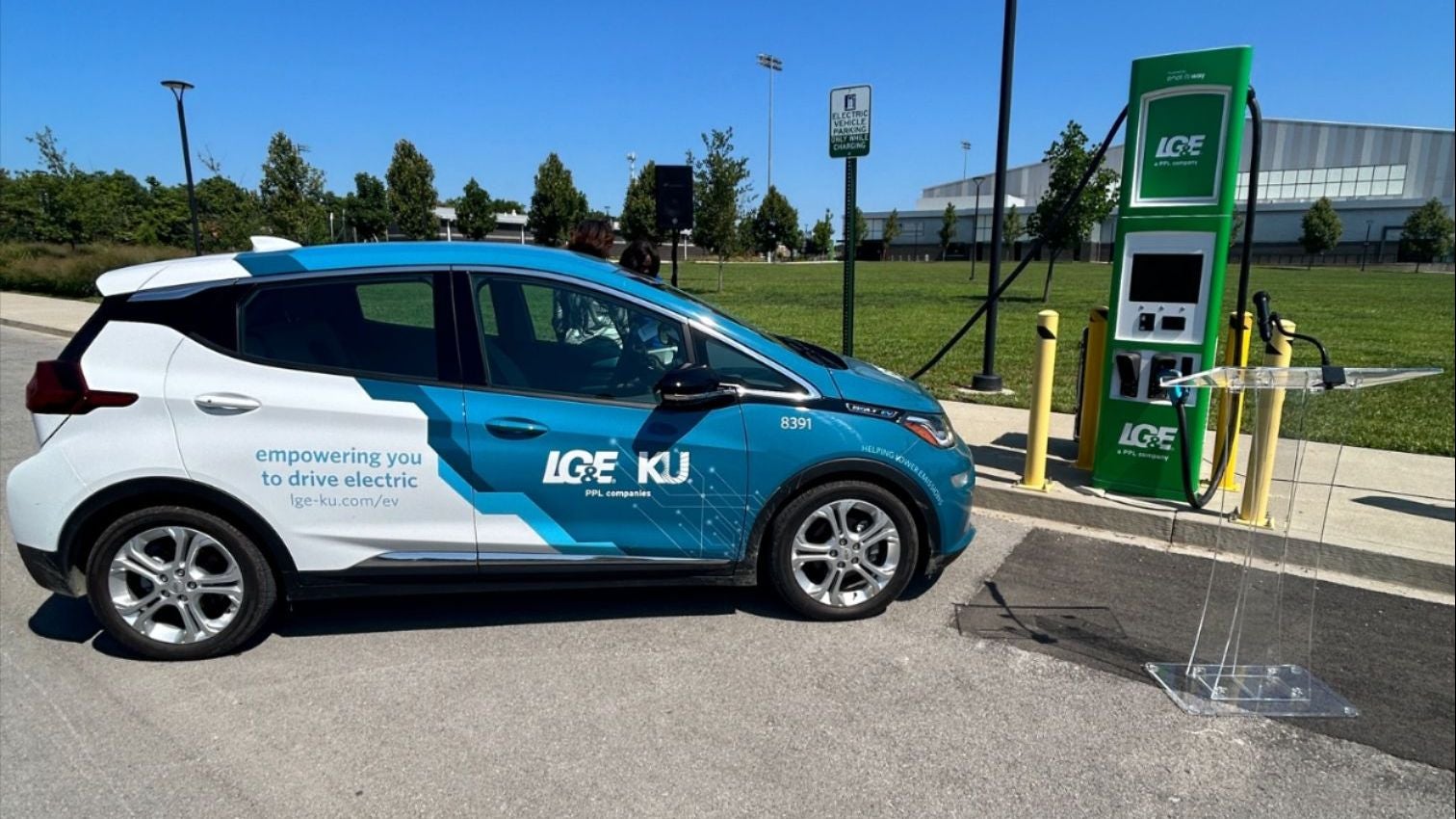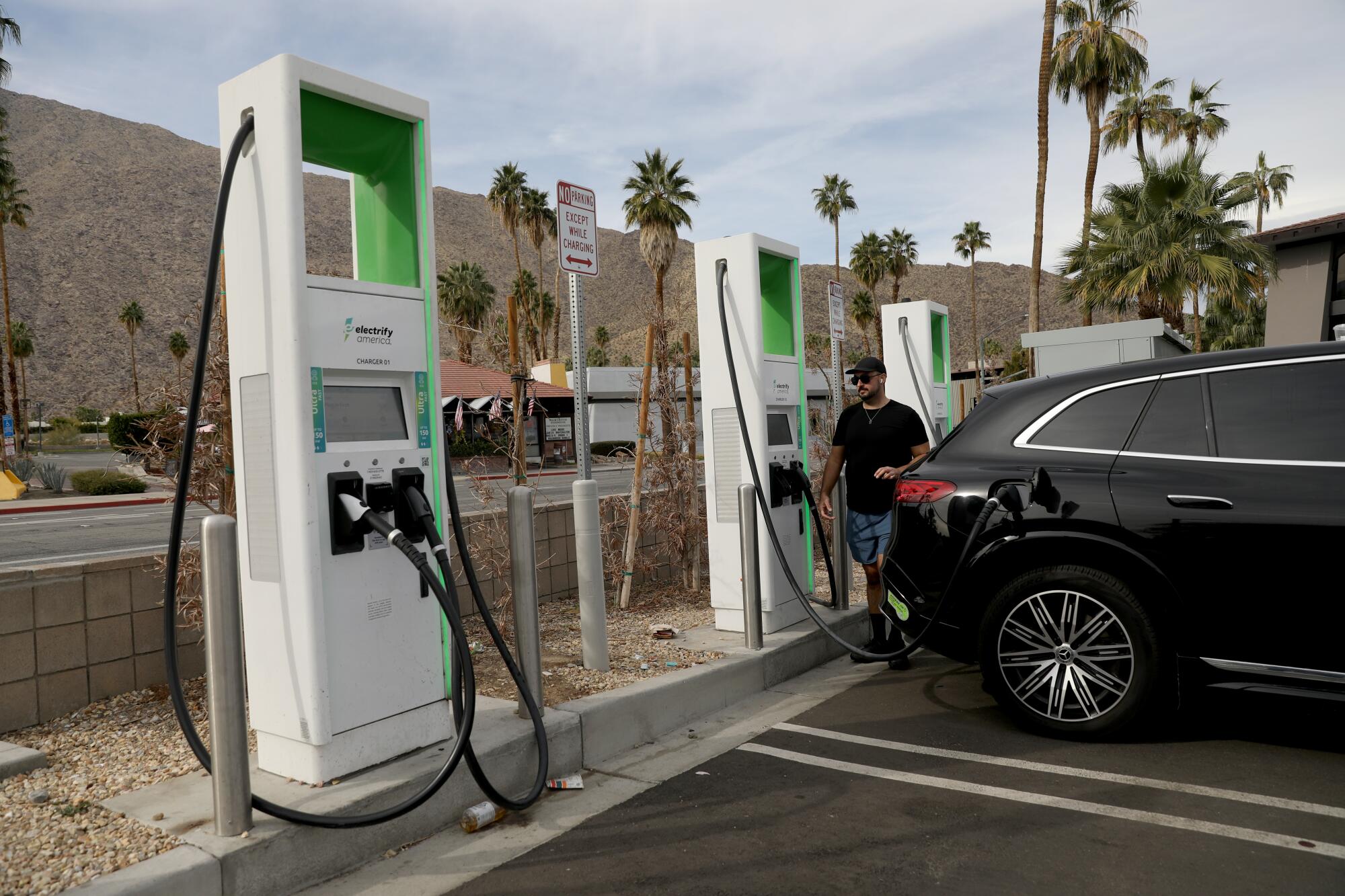New Dope in EV Charging: How the Market Is Developing to Meet Demand
As the electrical lorry (EV) market continues to broaden, the billing framework is undergoing significant changes to resolve the rising need. The ramifications of these developments increase important questions concerning the future of EV billing and its role in the wider energy ecological community.
Growth of Billing Framework
The rapid growth of electric vehicle (EV) charging framework is a crucial element in facilitating the widespread fostering of electric wheelchair. As federal governments, personal firms, and customers significantly recognize the relevance of reducing carbon exhausts, financial investments accountable networks have risen. This infrastructure growth is necessary to minimize array anxiety, ensuring that EV users have convenient access to charging stations.
Substantial advancements in charging terminal innovation and release techniques have emerged. Urban locations are seeing a spreading of public billing stations, while rural regions are progressively being incorporated right into the charging network. Additionally, partnerships in between auto manufacturers and charging suppliers are coming to be much more usual, assisting in the establishment of extensive networks that boost user experience and access.
Additionally, the combination of eco-friendly energy sources right into billing stations is acquiring momentum, promoting sustainability in the EV community. This transition not only sustains environmental objectives however additionally aligns with the rising demand for environment-friendly energy solutions amongst consumers.
Ultra-Fast Charging Technologies
Ultra-fast charging modern technologies stand for a significant leap forward in the EV billing landscape, allowing electric lorries to recharge in a portion of the moment contrasted to typical billing techniques. These technologies usually supply power levels going beyond 150 kW, with some systems getting to up to 350 kW or more, significantly decreasing charging times to just 15-30 minutes for a considerable cost.
Key enabling modern technologies include improvements in battery chemistry, power electronic devices, and thermal management systems. For circumstances, high-capacity batteries with enhanced thermal stability allow for faster billing without overheating. Furthermore, advancements in charging framework, such as liquid-cooled cables and modular charging stations, assist in efficient power transfer, enhancing the general customer experience
Significant automotive makers and technology firms are actively investing in ultra-fast charging networks, identifying the critical role they play in getting over range anxiousness and increasing the adoption of electric lorries. As these modern technologies become much more commonly readily available, the EV market is anticipated to witness substantial growth, making electrical movement an extra appealing alternative for customers. On the whole, ultra-fast billing modern technologies are crucial in forming the future of lasting transportation, leading the way for an extra effective and substantial billing ecological community.
Smart Grid Assimilation

With demand reaction techniques, wise grid systems can readjust billing routines based upon grid conditions and electrical power prices. For instance, during periods of high need, billing can be delayed to off-peak hours, resulting in lower costs for consumers and decreased pressure on the grid. Furthermore, vehicle-to-grid (V2G) technologies make it possible for EVs to release energy back into the grid, offering ancillary solutions and improving grid stability.
Integration with renewable resource sources better enhances the sustainability of EV charging. By aligning billing activities with periods of high solar or wind generation, wise grids promote a greener charging framework. Eventually, clever grid integration not only sustains the growing need for browse around this site EVs yet likewise adds to a more resilient and sustainable power future, placing the sector for lasting success.
Battery Innovations
Amidst the quick advancement of electric lorries (EVs), battery innovations stand at the forefront, driving developments in sustainability, effectiveness, and performance. As the demand for EVs rises, makers and researchers are focusing on improving battery technologies to deal with difficulties such as variety anxiety and billing times.
Lithium-ion batteries stay one of the most widely utilized technology, yet new materials and chemistries are emerging to boost power thickness and longevity. Solid-state batteries, as an example, guarantee better power storage space capability and enhanced security by changing liquid electrolytes with strong ones. This shift might significantly reduce the danger of fire and raise the lifespan of batteries.
Furthermore, innovations in battery recycling procedures are crucial for sustainability. Firms are developing methods to recover important materials like lithium, cobalt, and nickel from used batteries, promoting a circular economy and decreasing ecological effect.

International Billing Criteria

Efforts are underway to establish international billing requirements that facilitate compatibility among various EV versions and billing terminals. Organizations such as the International Electrotechnical Commission (IEC) and anchor the Society of Automotive Engineers (SAE) are working collaboratively with vehicle suppliers and energy carriers to create extensive guidelines. EV Charging news. These requirements purpose to streamline the charging process, decrease the requirement for several adapters, and improve customer experience
Moreover, standardization can considerably reinforce the growth of the charging network, as it motivates investment by making facilities advancement a lot more effective and predictable. As the EV market develops, a unified method to charging standards will be important for making sure that customers can bill their automobiles easily and dependably, try these out thus supporting the more comprehensive change to lasting transport.
Final Thought
The electric car billing sector is undertaking substantial improvement to attend to the surging need for lasting transport. Developments accountable infrastructure, ultra-fast innovations, wise grid assimilation, and innovative battery solutions are crucial in improving individual experience and operational effectiveness. The quest of international charging requirements is crucial for guaranteeing interoperability throughout different areas and systems. Jointly, these growths position the sector to support a more comprehensive adoption of electrical cars, ultimately adding to a more sustainable future.
Urban areas are seeing an expansion of public billing terminals, while rural regions are slowly being incorporated into the charging network. Furthermore, growths in charging facilities, such as liquid-cooled wires and modular charging terminals, help with effective power transfer, enhancing the general customer experience.
On the whole, ultra-fast billing technologies are essential in forming the future of lasting transportation, leading the method for an extra substantial and efficient billing community. - EV Charging news
By aligning charging activities with periods of high solar or wind generation, smart grids promote a greener charging facilities.Initiatives are underway to develop international billing standards that promote compatibility among different EV designs and billing terminals.